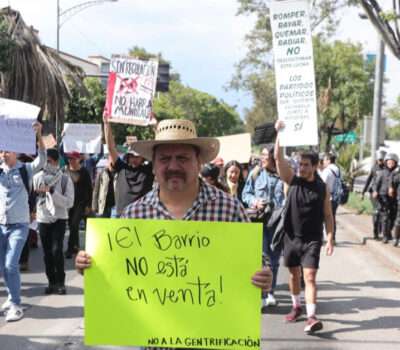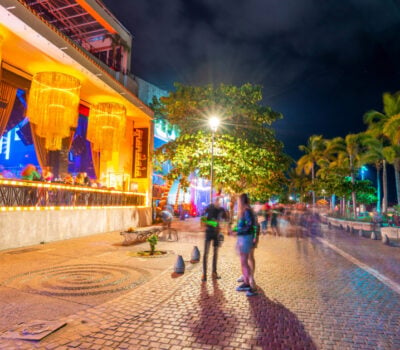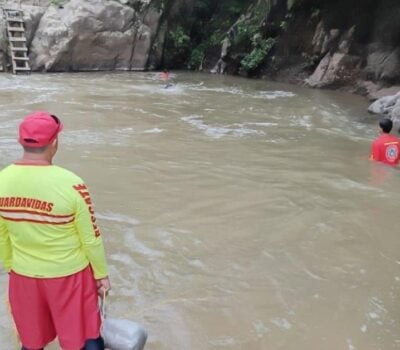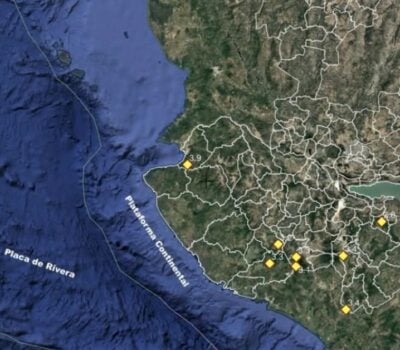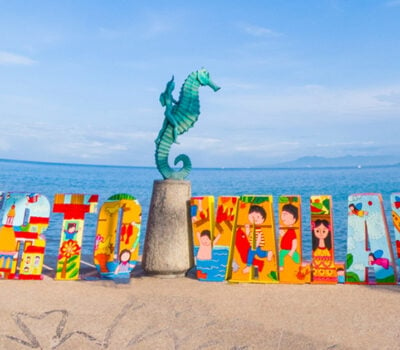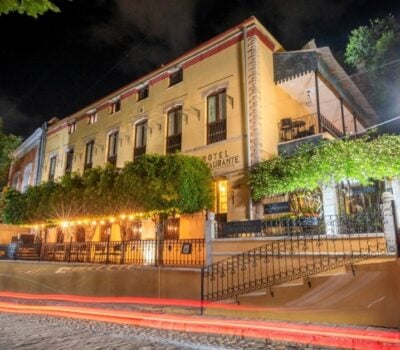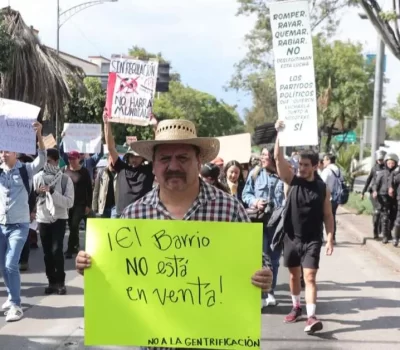Puerto Vallarta, Mexico - Governor Pablo Lemus Navarro announced 38 new hotels in Jalisco with a 20 billion pesos investment, pushing the state beyond 90,000 rooms. Learn how this boost, visitor growth, and World Cup preparations will reshape tourism.
Governor Pablo Lemus Navarro unveiled plans for 38 new hotels to rise across Jalisco in the next five years, driving more than a 20 billion pesos investment and propelling the state past 90,000 total rooms. “Talking about 38 new hotels in Jalisco, 38 new hotels with an investment of over 20 billion pesos, I want to know what state in the Republic can boast such an impressive figure,” Lemus Navarro said. “We’re going to exceed 90,000 rooms across the state. I repeat, 38 new hotels with an investment of 20 billion pesos. It’s an impressive figure, and that’s due to the trust you’ve placed in the state.”
The announcement highlighted Jalisco’s rise to the second position nationwide in hotel supply, growth, and diversity, according to Tourism Secretary Michelle Friedman. She noted that destinations within Jalisco welcomed more than 11 million visitors from January to April 2025—a 1.6 percent increase compared to the same period in 2024. “Visitor arrivals so far this year, from January to April, have reached 11 million,” Friedman said. “That’s 1.6 percent more than the same season in 2024. Visitors are mainly drawn to the two hubs of Guadalajara and Puerto Vallarta, both in terms of visitor arrivals and economic benefits. However, we’re also seeing significant growth in our Magical Towns. A 28 percent increase in visitor arrivals to Magical Towns during the Easter season was a very good indicator that our promotion efforts in the state’s interior are paying off.”
Friedman stressed that Jalisco contributes 7.4 percent of Mexico’s total hotel GDP. To boost competitiveness, her department plans to roll out support programs aimed at small and medium-sized hotel operators. “We want every hotel to access technical assistance, training grants, and marketing support,” she explained. “We’re focusing on elevating service quality, encouraging sustainable practices, and strengthening digital marketing so local hotels stand out against national and international competitors.”
Bernardo Aguilar, president of the Jalisco Hotel Association, confirmed that of the 38 new properties, 12 will open before the 2026 FIFA World Cup. Mexico will host matches in Guadalajara, making the city a key stop for fans from more than 2.5 million visitors expected nationwide. “We’re preparing with targeted training for our teams on hospitality, languages, cultural sensitivity, and inclusion to ensure every guest feels welcome,” Aguilar said. He added that hotels will offer special packages for World Cup attendees, combining lodging with transportation shuttles to stadiums and fan zones.
Industry analysts point out that these 38 new hotels—spanning economy, midrange, and upscale segments—will broaden Jalisco’s appeal to diverse traveler profiles. “With nearly 20 billion pesos pouring into infrastructure, we’ll see not only more rooms but also new conference centers, spa facilities, and boutique properties that cater to both leisure and business travelers,” noted Alejandra Ruiz, a tourism consultant based in Guadalajara. She expects the recent surge to stimulate job creation across construction, hospitality, and services. “We’ll likely generate tens of thousands of direct and indirect jobs from this wave of hotel projects.”
Among prime locations earmarked for development are metropolitan Guadalajara, Puerto Vallarta’s coastal zone, and several Magic Towns—small, culturally rich municipalities recognized for their charm. Planners aim to spread growth so that tourism benefits reach both urban centers and rural communities. “Expanding into the Magical Towns helps distribute economic gains and reduces pressure on coastal hotspots,” explained tourism strategist Rodrigo Vega. “It also aligns with the state’s objective to have 39 million visitors by 2030.”
With tourism figures climbing steadily, Jalisco’s overall visitor goal seems attainable. From January through April, 11 million arrivals already signal strong demand, and new hotels will absorb much of the projected 28 million additional visitors needed to reach the 39 million target by the end of the decade. Experts praise the administration’s effort to diversify lodging options, which has historically centered around Guadalajara and Puerto Vallarta. “By broadening hotel capacity in towns like Tequila, Mazamitla, and Talpa de Allende, Jalisco taps into niche markets—wine tourism, mountain retreats, and pilgrimage destinations—that attract specific segments seeking authentic experiences,” said Vega.
Beyond sheer numbers, the 20 billion pesos investment underscores confidence from national and international hotel chains, as well as local entrepreneurs. Among the groups planning new builds are global brands expanding into Mexico, regional chains strengthening their presence, and boutique operators launching themed properties that highlight Jalisco’s culture and heritage. Several joint ventures between foreign investors and Mexican hoteliers are already under design for multiuse complexes that combine rooms with restaurants, event spaces, and wellness centers.
To support sustainable growth, the state will offer incentives for hotels that adopt green building practices, water-saving systems, and renewable energy solutions. Friedman explained that support programs will emphasize resource efficiency. “We’ll provide technical guidance to reduce water consumption, promote solar power, and implement waste-management protocols,” she said. “Hotels that pursue certifications like EarthCheck or LEED can tap into additional financing and marketing advantages.”
On the employment side, training initiatives will play a critical role. Aguilar outlined details of a new collaboration between the Jalisco Hotel Association and local universities. “We’re launching hospitality academies in Guadalajara and Puerto Vallarta to certify front-desk staff, housekeepers, culinary teams, and management in best practices—especially in customer service, foreign languages, cultural norms, and accessibility,” he said. “This ensures that by the time the World Cup kicks off, our workforce meets global standards.”
Small business owners also stand to benefit. The state’s tourism secretariat plans to extend microgrants and low-interest loans to local suppliers, from laundry providers to artisanal food producers. “When hotels buy from local farms, bakeries, and craft shops, it creates a multiplier effect,” Friedman noted. “It keeps revenue circulating within communities and elevates Jalisco’s identity as a must-visit destination.”
In sum, the announcement of 38 new hotels and a 20 billion pesos investment marks a turning point for Jalisco’s tourism sector. By reaching more than 90,000 rooms, expanding into emerging destinations, and gearing up for the 2026 World Cup, the state positions itself as a leader in Mexico’s travel economy. With ongoing support programs, training initiatives, and sustainability incentives, Jalisco aims to ensure that this wave of growth delivers long-term benefits for local businesses, workers, and visitors alike.



